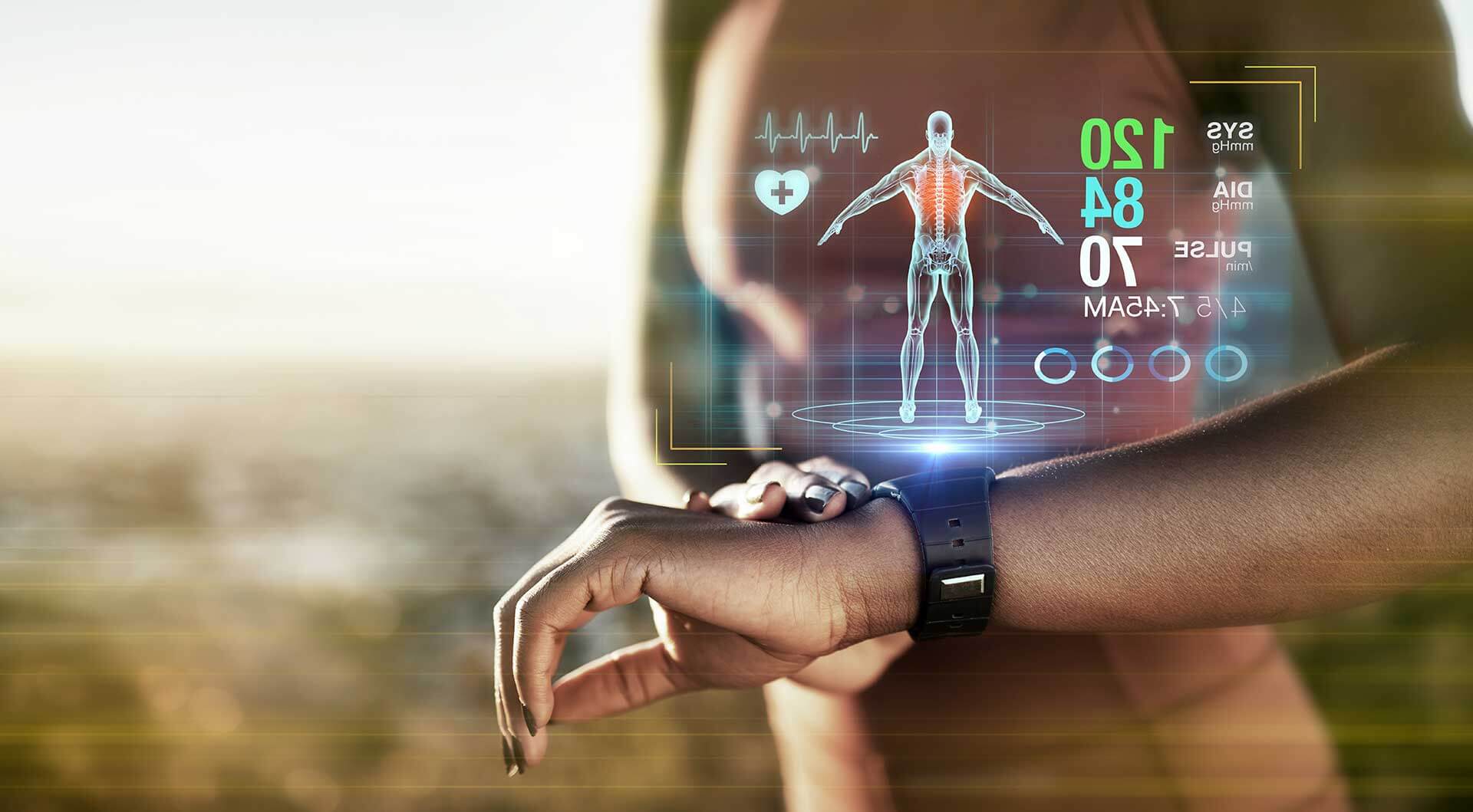
The landscape of osteopathy is transforming with a wave of technological advancements and innovative approaches to practice.
Imaging technologies
One of the most significant breakthroughs in osteopathy is the advent of enhanced imaging technologies, allowing for more accurate diagnoses and treatment planning. These cutting-edge imaging modalities provide practitioners with detailed insights into the structural and functional aspects of the musculoskeletal system, enabling precise and targeted interventions.
Virtual reality
Virtual reality (VR) applications are revolutionising patient education and treatment planning in osteopathy. By immersing patients in interactive virtual environments, practitioners can explain complex anatomical concepts, demonstrate therapeutic exercises, and even simulate treatment outcomes. VR technology enhances patient engagement and empowers individuals to take an active role in their recovery process.
Advanced wearables
The integration of advanced wearables into osteopathic care allows for real-time monitoring of patient progress and adherence to treatment plans. These wearable devices track movement patterns, biomechanical metrics, and physiological parameters, providing valuable data insights for optimising treatment strategies and improving outcomes.
Integrating evidence-based tools
Practitioners are integrating evidence-based tools and technologies into their osteopathic practice, enhancing the effectiveness of treatment interventions. One such tool is radial shock wave technology, which delivers high-energy acoustic waves to areas of the body such as tendons, ligaments, and muscles, stimulating the body’s natural healing processes and promoting tissue regeneration. The acoustic waves generated by the device penetrate deep into the affected tissues, triggering a cascade of biological responses. This includes the release of growth factors, increased blood flow, and enhanced metabolism, which collectively help reduce pain and inflammation and improve tissue healing. These advanced tools offer patients a non-invasive and effective treatment option for a wide range of conditions.
Telehealth and remote monitoring
Telehealth is becoming increasingly prevalent in the field of osteopathy, allowing for remote consultations, follow-ups, and monitoring of patient progress. This shift towards virtual care enables greater accessibility to healthcare services and fosters continuity of care, particularly in underserved or remote communities.
Looking ahead
As we embrace these advancements, it’s essential to stay informed, engaged, and open to the possibilities they bring for enhancing patient care and advancing the field.
Stay tuned for more updates and insights as we continue to explore the evolving landscape of osteopathic technology.
